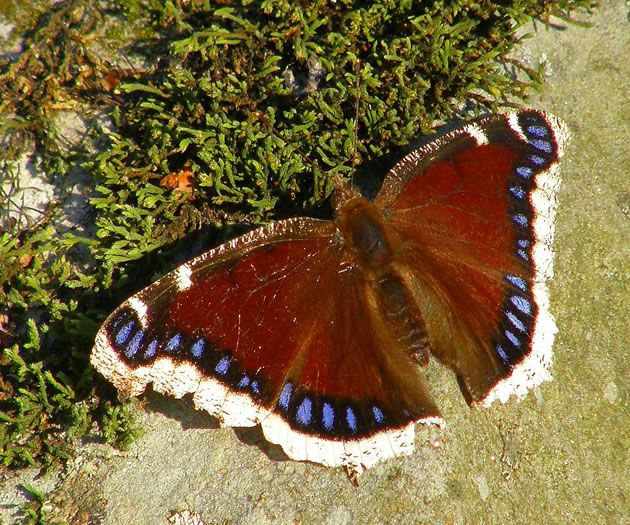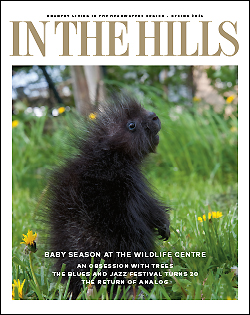Signs of Spring
In March nature pushes against the shackles of winter, and then bursts free with birdsong and butterflies.
In March we welcome signs that winter is on the wane – patches of grass, dripping icicles, swelling maple buds.
And robins, of course. Birders know that some robins overwinter Headwaters, hunkering down in sheltered stream valleys where they sip from open water and forage for grapes and other fruit.
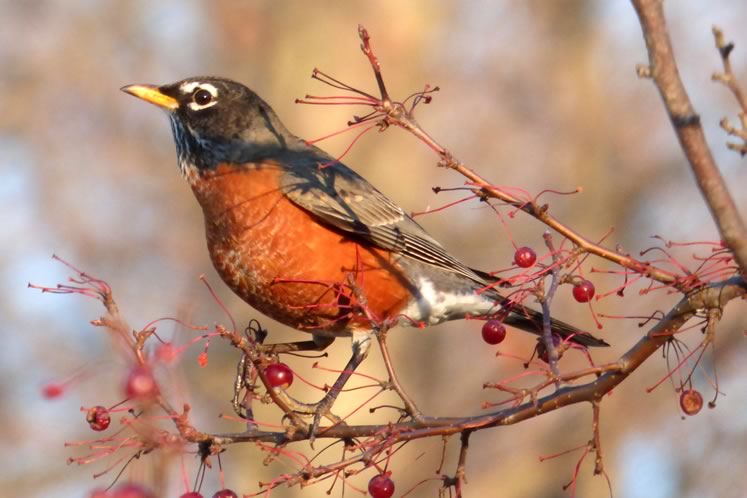
American robin. Photo by Don Scallen.
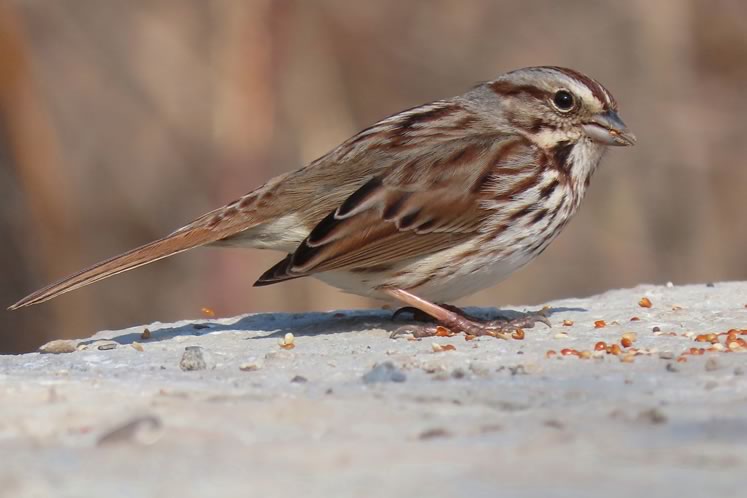
Song sparrow. Photo by Don Scallen.
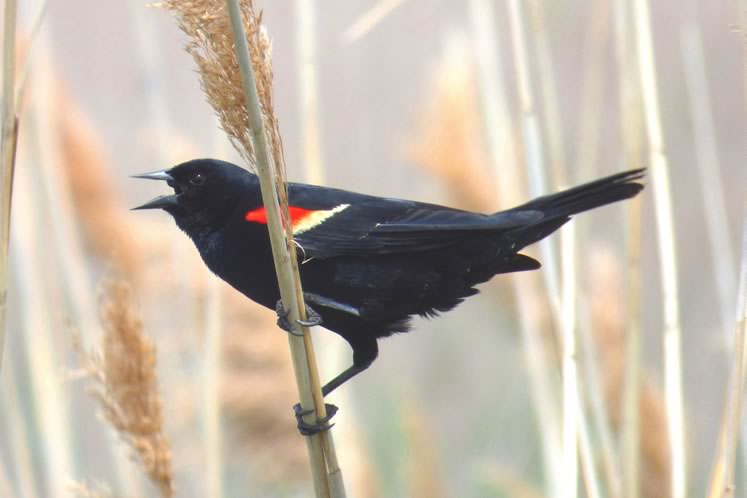
Red-winged blackbird. Photo by Don Scallen.
But in early spring they return to our yards. Their cheerful voices coincide with the pungent scent of thawing earth and the trickle of meltwater from shrinking snow drifts.
Spring’s advance is also heralded by a host of other animals and plants that make their appearance in March. Here’s a few to watch for.
Early migrating song sparrows and red-winged blackbirds will be calling in our yards and wilder environs by the end of the month. Song sparrows sing pleasant melodies from perches in brushy tangles and red-wings sing “o-ka-lay” atop last year’s cattails.
Groundhogs will emerge after five months of slumber in the chilling dark of subterranean chambers, to feel the caress of the springtime sun and nibble on tender greens pushing out of the ground.
Mourning cloaks, eastern commas and Compton tortoiseshell butterflies, like groundhogs, also spend winter in suspended animation. A walk in the woods on a warm March day will find them aflutter, re-energized and seeking mates.
In vernal pools wood frogs will be quacking before the end of the month, having survived winter’s cold by flooding their veins with glucose, a biological antifreeze.
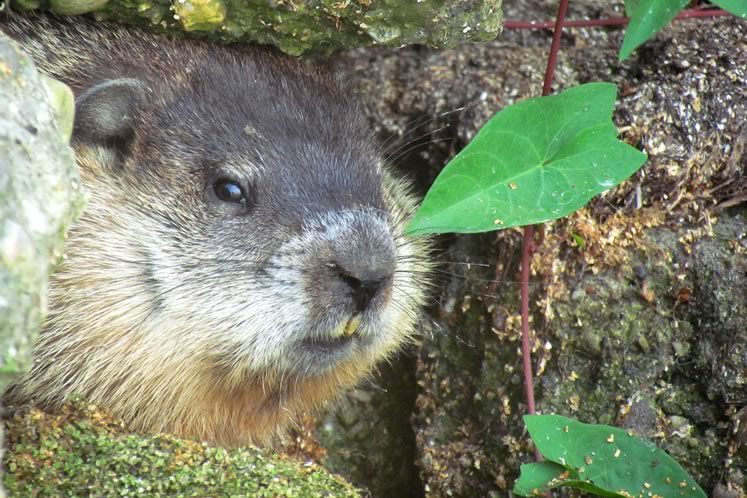
Groundhog. Photo by Don Scallen.
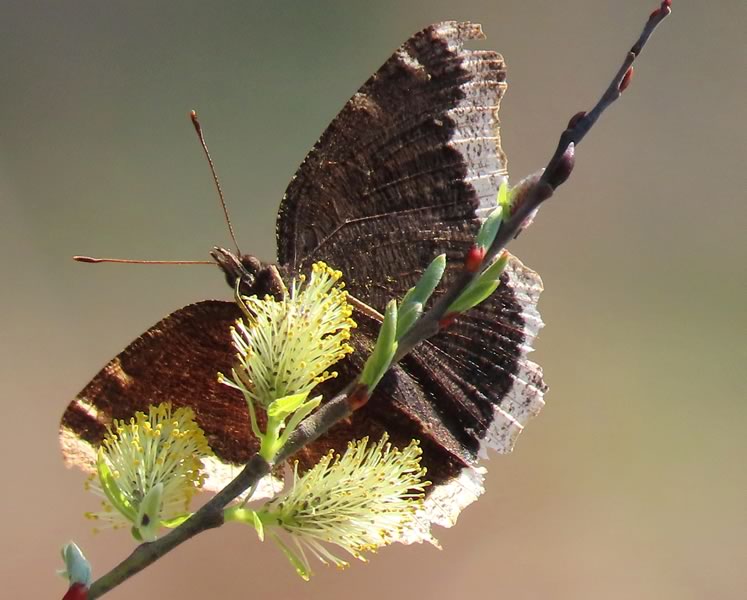
Mourning Cloak butterfly. Photo by Don Scallen.
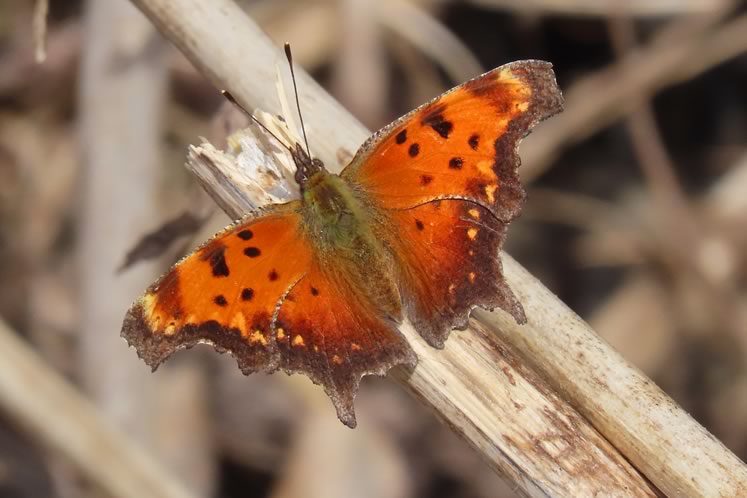
Eastern comma. Photo by Don Scallen.
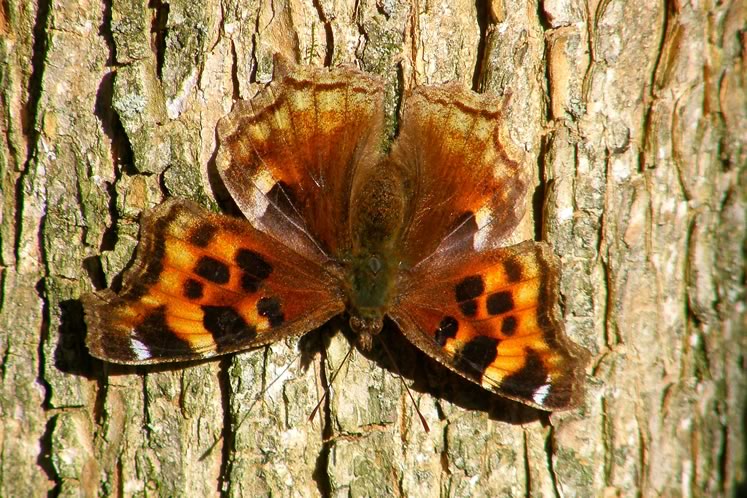
Compton tortoiseshell, one of the earliest butterflies to be seen in spring. Photo by Don Scallen.
Plants will be stirring as well, including a botanical marvel called skunk cabbage that uses chemical alchemy to generate snow-melting heat. The temperature of skunk cabbage flowers can soar an astonishing 15C or more above ambient air temperatures.
In March nature pushes against the shackles of winter, and then bursts free with birdsong and butterflies.
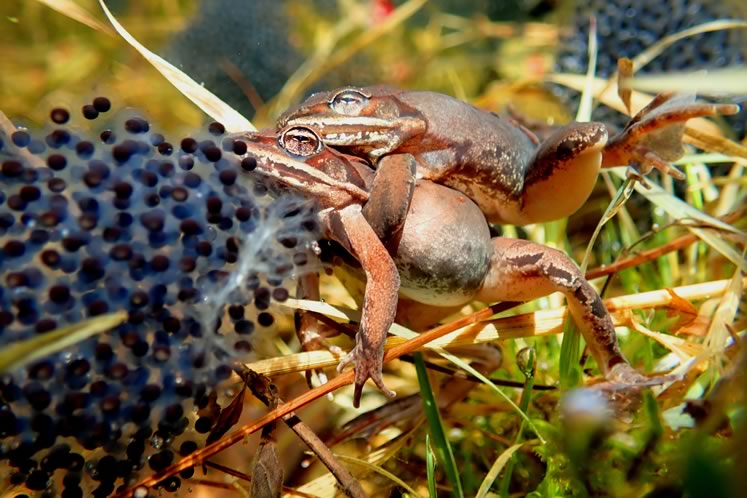
Wood frogs mating and wood frog eggs. Photo by Don Scallen.
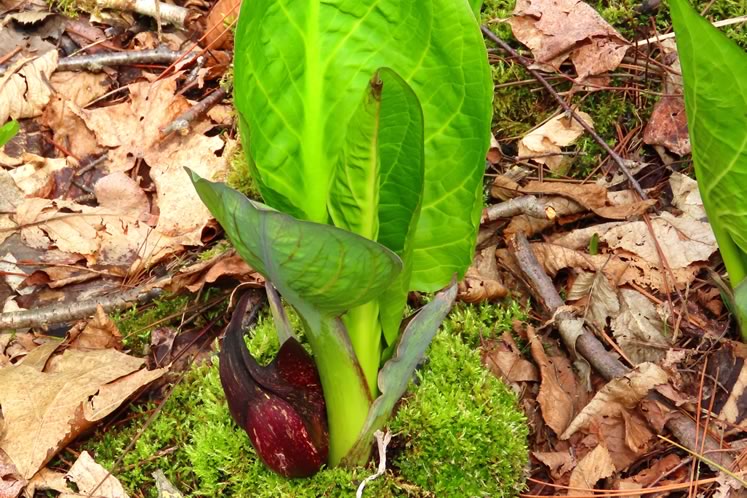
Skunk Cabbage. Photo by Don Scallen.
Related Stories
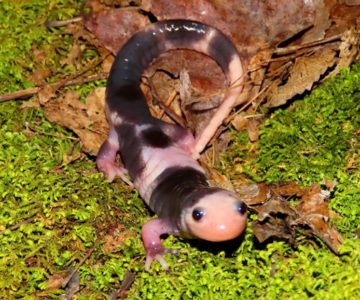
Calvin the Salamander
May 4, 2021 | | Notes from the WildCalvin is a rare piebald version of a spotted salamander.
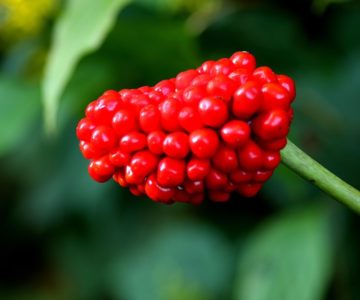
Jack in the Pulpit
May 14, 2012 | | Notes from the WildThese plants can switch genders throughout their lives in response to growing conditions.
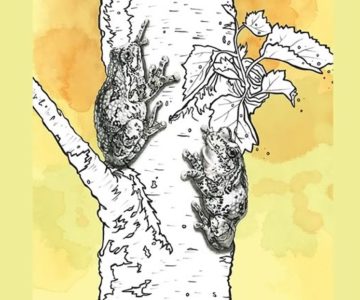
Spring’s Croaking Chorus
Mar 23, 2012 | | EnvironmentTen species of frogs and toads share our landscape, a rich assemblage of hopping amphibians for such a northerly clime.
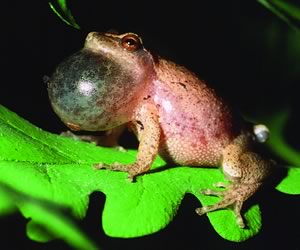
Spring Peepers
Apr 18, 2010 | | Notes from the WildOn warm evenings in April and May our hills awaken to the life affirming voices of spring peepers. Their shrill calls stir the winter weary soul.
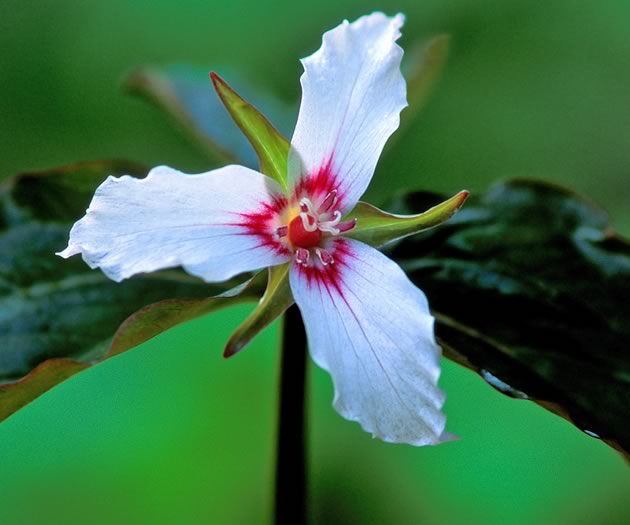
Spring’s Wild Beauties
Mar 31, 2013 | | EnvironmentThe heart-gladdening beauty of early wildflowers is a signal all is right in the woodland. Which one is your favourite?
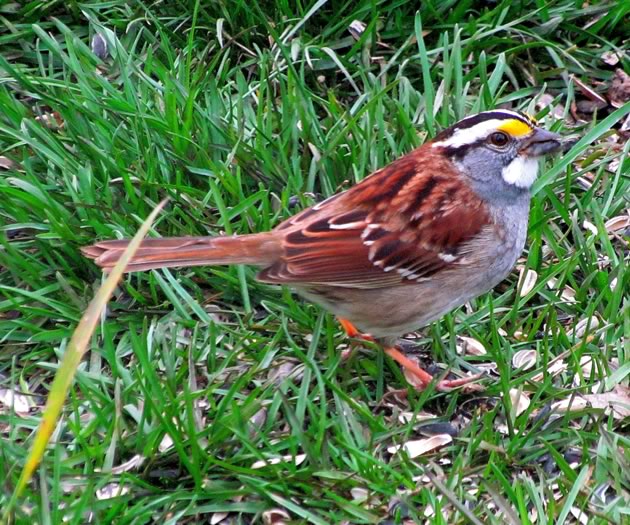
Spring Sparrows
May 8, 2013 | | EnvironmentTake time to notice the fox, white-crowned and white-throated sparrows.
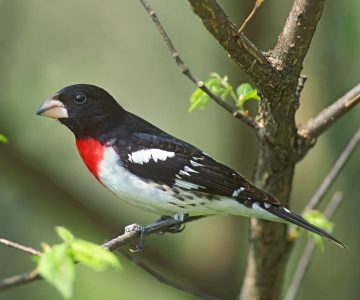
Spring Hikes on The Bruce Trail
Mar 26, 2018 | | EnvironmentAlong the Bruce Trail, spring is the time to slow to a saunter and see, hear and scent nature’s renewal.



